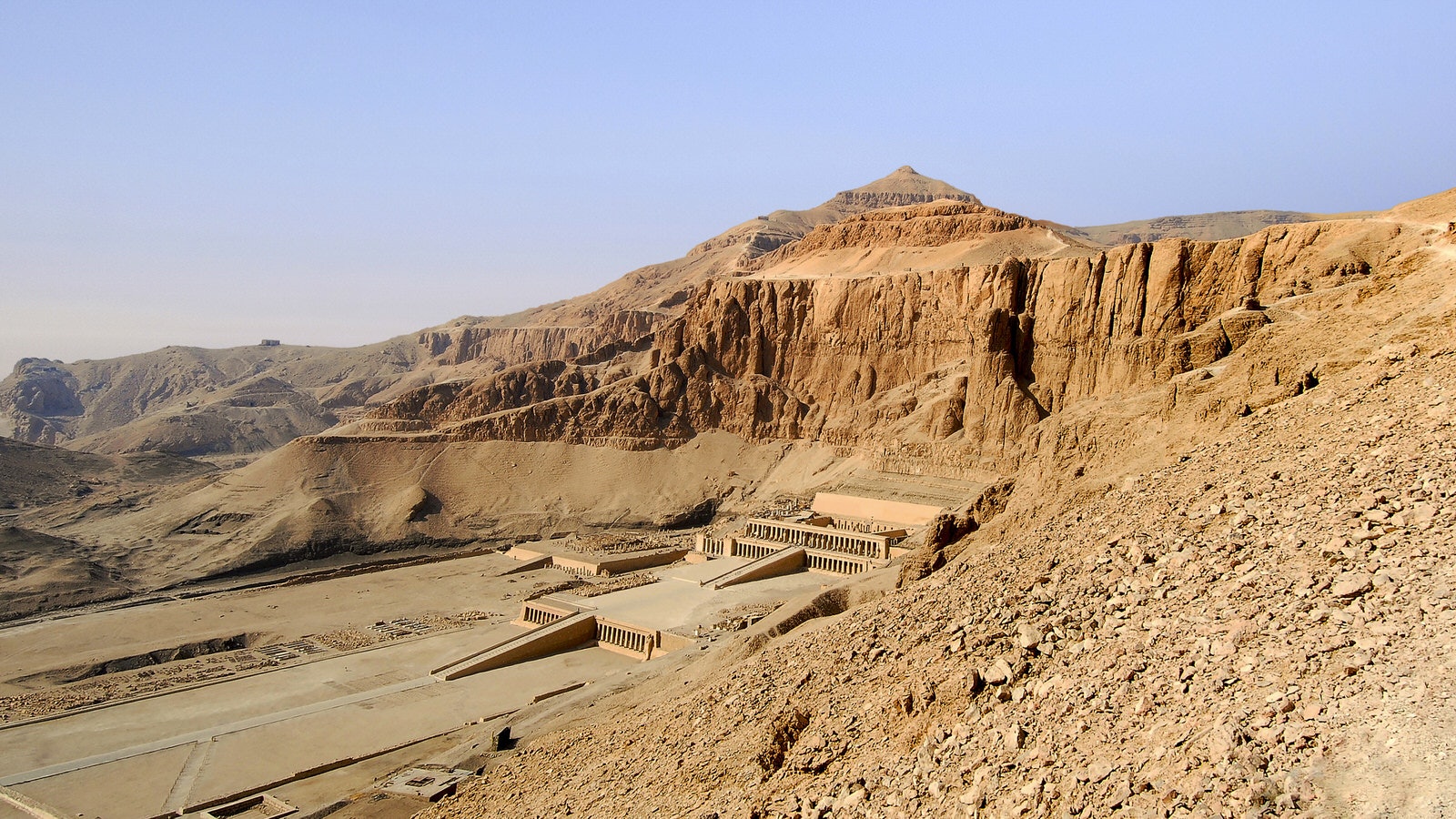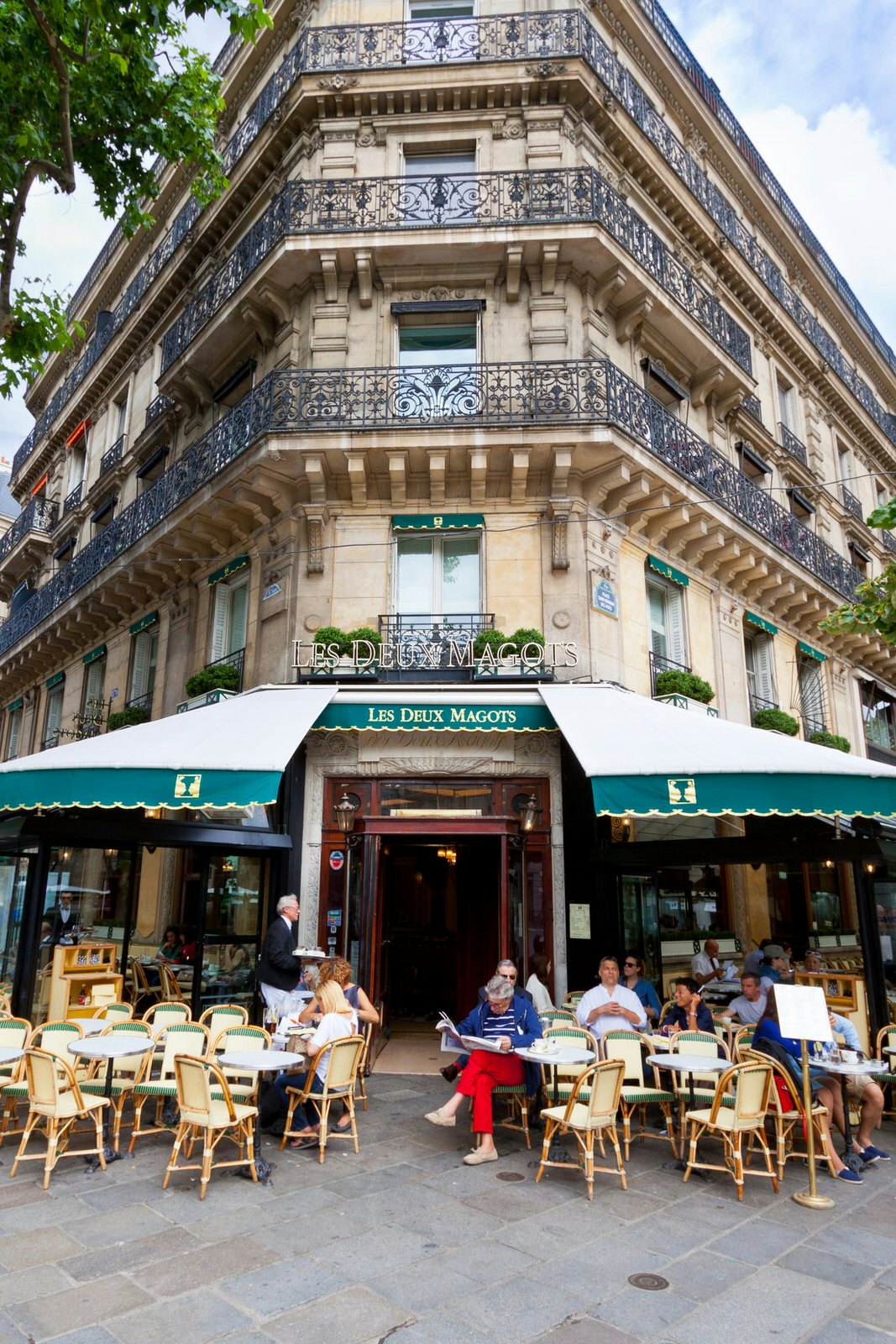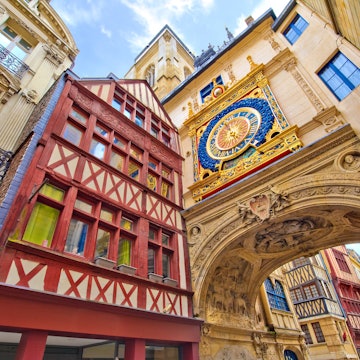

The art Frida Kahlo created from Casa Azul, her home in Mexico city made her an artistic icon recognizable around the world. © Elijah-Lovkoff / Getty Images
Around the world women have made and changed the course of history. Though it many places the contributions of women still go unnoticed, in others renowned women have left their unmistakable imprints on their individual cities, and on the world. From ancient Egypt to 20th-century Alabama, these destinations give travelers the opportunity to see the world through the eyes of seven mighty women.

Hatshepsut in Luxor, Egypt
Centuries before Cleopatra commanded armies and charmed the rulers of the Roman Empire, Hatshepsut rose to power around 1508–1458 BC. Appointed a regent when her husband Thutmose II died, Hatshepsut became the first woman to obtain the full powers of the pharaoh title. During her 20-year reign, she commissioned monumental temples, literally writing herself into Egypt's history – some of which still stand today.
Start at Luxor Temple, whose towering columns and sphinxes began as an earlier shrine created by Hatshepsut before they were expanded by by Amenhotep III. Next, head 7 km northwest on the Nile’s west bank toHatshepsut’s Memorial Temple. Carved into 300m-high cliffs, the spectacular multi-story temple and amphitheater has shrines to Anubis, god of the dead, and to primeval cow-headed goddess Hathor; look for the relief showing Hatshepsut drinking from the goddess’ udder. A little further northwest is the Valley of the Kings, the royal cemetery where Hatshepsut’s winding tomb, shared with her father Thutmose I, lies almost 100m deep.
Soon after her death, Hatshepsut’s name was chiseled away from her temples – an attempt to erase her from history and shore up the legitimacy of her successors by co-opting the pharaoh queen's legacy for themselves. But despite efforts to reduce the pharaoh queen to dust, Hatshepsut’s colossal monuments have withstood the centuries, and her name is still remembered around the world.

Empress Cixi in Beijing, China
Sightseeing in Beijing brings glimpses of the storied reign of Empress Dowager Cixi (1835–1908). One of the most powerful women in China’s long history, Cixi rose through the ranks of the Xianfeng emperor’s concubines and helped to orchestrate a coup after his death. Cixi became feared and admired, a grand puppeteer of the government right until her death.
Cixi held court in the Forbidden City, the same place where she lived as Xianfeng's concubine and gave birth to the Tongzhi Emperor. Even after she gained sovereignty in her own right as the Empress Dowager, Cixi continued to live in the Palace of Eternal Spring and the Palace of Gathered Elegance. She had them renovated on her instructions, disrupting the original layout – a design choice befitting an empress so fond of upending established orders.
After visiting the Forbidden City, make your way to Beijing's Summer Palace, built especially for Cixi's retirement – not that she ever really gave up her enormous political influence. You can see her personal living quarters in the the Hall of Joy and Longevity, as well as the Grand Theatre where the empress was entertained with opera performances. As you explore the broader grounds, it's easy to lose hours dawdling across the ornamental bridges and pavilions, but keep an eye out for the marble boat (actually partly wooden). Cixi is said to have also ordered its restoration in 1893, ironically with money that had been destined to fund the navy.

Marie Curie in Warsaw, Poland
Double Nobel laureate Marie Curie (1867–1934) was immensely proud of her Polish identity. Curie named one of the elements she discovered, polonium, after her homeland. Though the world remembers her married name, the multi-disciplinary scientist never discarded her Polish surname. Accordingly, it’s the Marie Skłodowska-Curie Museum that honors her legacy in her birth city, Warsaw.
Take a turn inside the reconstructed 18th-century building, which displays Curie’s original documents and belongings. Curie made an enormous contribution to developing the theory of radioactivity and pioneered the use of radioactive isotopes to battle tissue growth, the bedrock of many modern-day cancer treatments. Tragically, the scientific apparatus on display ultimately doomed Curie, who died from radiation-related illness.
Bombing campaigns in 1939 and 1944 flattened Warsaw, but the Old Town was carefully rebuilt using the same bricks. Stroll across the Unesco-listed Old Town Square to admire 13th-century merchant houses and Renaissance-style facades, as ornate as they were during Curie’s lifetime.

Anne Frank in Amsterdam, the Netherlands
No single voice has captured the anguish of World War II, nor issued a clarion call for world peace, quite like Anne Frank (1929–45). Published by Frank’s father after she perished in Bergen-Belsen concentration camp, the diary recounts the family’s two years in hiding in Amsterdam. Frank’s observations about life at the threshold between childhood and adulthood are pin-sharp.
The family hid in an annex concealed behind a bookcase at Frank's father's offices at 263 Prinsengracht. The narrow brick building, a typical 17th-century merchant house, has since been conserved as a museum. Its 15,000-item collection movingly portrays the family’s life in hiding and displays Frank’s original diary. Close by, outside the Renaissance Westerkerk, a slender cast-iron statue of Frank gazes towards the sky.
Borrow a bike from one of several rental stations nearby and pedal east to Nieuwe Amstelstraat. Here the Jewish Historical Museum explains the history of Amsterdam’s pre-war Jewish community; it’s also the starting point for tours of the Jewish Quarter. The history is oftentimes bleak, but Frank’s legacy offers a glimmer of hope.

Simone de Beauvoir in Paris, France
Twentieth-century Paris’s most celebrated female writer destroyed antiquated notions of womanhood with a flick of her pen. In The Second Sex, Simone de Beauvoir (1908–1986) famously declared that "one is not born, but rather one becomes, a woman." The idea that social conditioning shapes women continues to resonate to this day.
Though Beauvoir travelled widely, the cafes of Paris are where she sharpened her ideas. At Les Deux Magots in Saint-Germain-des-Prés, tables and wicker chairs spill outside; but Beauvoir would usually be found inside, writing busily in a corner. Only a few steps away is Café de Flore, its art-deco interior faithfully preserved in the same style as when Beauvoir sparred with her life-long confidant and lover, the philosopher and playwright Jean-Paul Sartre, within its walls.
You an also pay homage to Beauvoir at the Hotel La Louisiane, where she lived from 1943 until 1948, as well as at the Jardin du Luxembourg, where she debated ethics in a quiet corner by the Medici Fountain. Beauvoir’s story ends a short metro ride away in the 19th-century Cimetière du Montparnasse, where she shares a final, unadorned resting place with her beloved Sartre.

Frida Kahlo in Mexico City, Mexico
With their piercing gaze and defiant brow, the self-portraits of Frida Kahlo (1907–1954) are instantly recognizable. The androgyny of Mexico’s most celebrated woman artist – who cultivated facial hair and sported men’s suits as often as traditional dresses – made her an icon in her own time. Today Kahlo’s unflinching paintings, depicting the agonies of heartbreak and miscarriage, continue to captivate.
The artist spent many years living in the so-called Casa Azul (Blue House) in Mexico City. Now the Museo Frida Kahlo, it brims with objects from the painter’s life: jewelry, clothing, mementos and photographs depicting her and muralist husband Diego Rivera. Artwork collected by Kahlo is also displayed, an enriching insight into what inspired one of the world’s most inspirational women.
A half-hour taxi ride southeast are the Xochimilco Canals, adored by both Kahlo and Rivera. Kahlo’s passionate outlook never wavered, despite the many tragedies she lived through. Board a boat and glide across the waterways, listening to water-bound mariachi bands and sipping tequila; the colorful scene perfectly encapsulates Kahlo’s zest for life.

Rosa Parks in Montgomery, Alabama
Rosa Parks' iconic stand for civil rights in the US actually happened when she chose to remain seated. Parks kicked off a major moment in the Civil Rights Movement by refusing t give up her seat on a racially segregated bus in Montgomery in 1955. Her subsequent arrest was the final injustice that led to the Montgomery bus boycott, in which the city's African American community collectively refused to use the municipal bus service until the racist segregation law was overturned a little over a year later.
Today, visitors to Montgomery can learn more about Parks and her historic act of resistance at the Rosa Parks Museum, which houses archives and exhibitions about her life and role in a movement that inspired other fights for equal rights around the world.
You might also like
10 rule-breaking women travelers who will inspire your next adventure
Wonder women of travel
Celebrate women's history month at these 10 important sites in the USA














